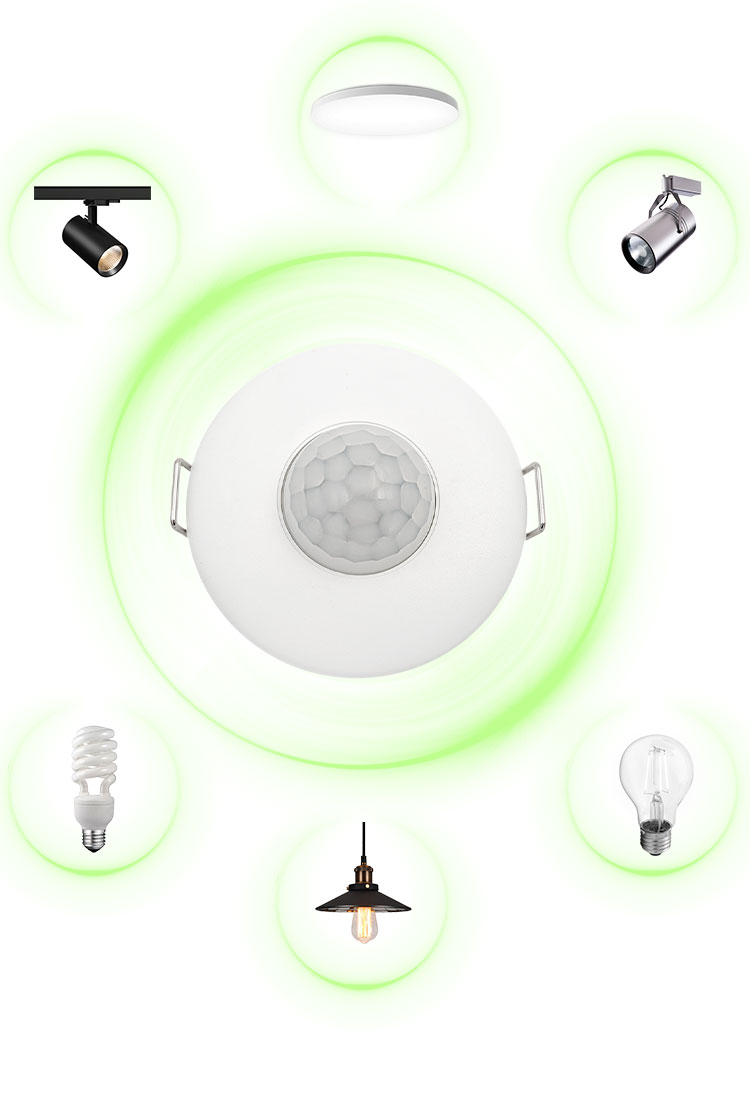

The Ultimate Guide to Sensors: From Smart Homes to Business Applications
1. Understanding Sensor Technology
Modern sensors act as the "sensory organs" of our living spaces. These innovative devices detect environmental changes like motion, temperature, and light intensity. When you walk into a room and the lights turn on automatically, or when your thermostat adjusts to perfect comfort - that's sensor technology at work.
2. Essential Home Sensors (Best Smart Home Sensors 2024)
l Motion Detection Sensors
n Working principle: Passive Infrared (PIR) technology
n Pro tip: Choose ≥120° detection angle models
n Ideal placement: 2-2.5m height for optimal coverage
l Temperature/Humidity Sensors
Ø Accuracy: ±0.5°C for temperature, ±3% RH for humidity
Ø Smart integration: Works with ACs and humidifiers
Door/Window Contact Sensors
Installation guide: Keep magnet within 15mm of sensor
Advanced use: Enable "away mode" with smart locks
3. Commercial Sensor Solutions (Business IoT Sensors)
l People Counting Systems
Infrared beam type: Cost-effective for small stores
3D vision analysis: >95% accuracy for malls
l Environmental Monitoring
CO₂ detectors: Auto-ventilation at >1000ppm
Noise sensors: Perfect for schools/hospitals
4. FAQs (Sensor Technology Questions)
Q: Do sensors invade privacy?
A: Standard motion sensors only detect IR changes, not images.
Q: How long do batteries last?
A: 1-3 years with low-power design (replaceable recommended).








